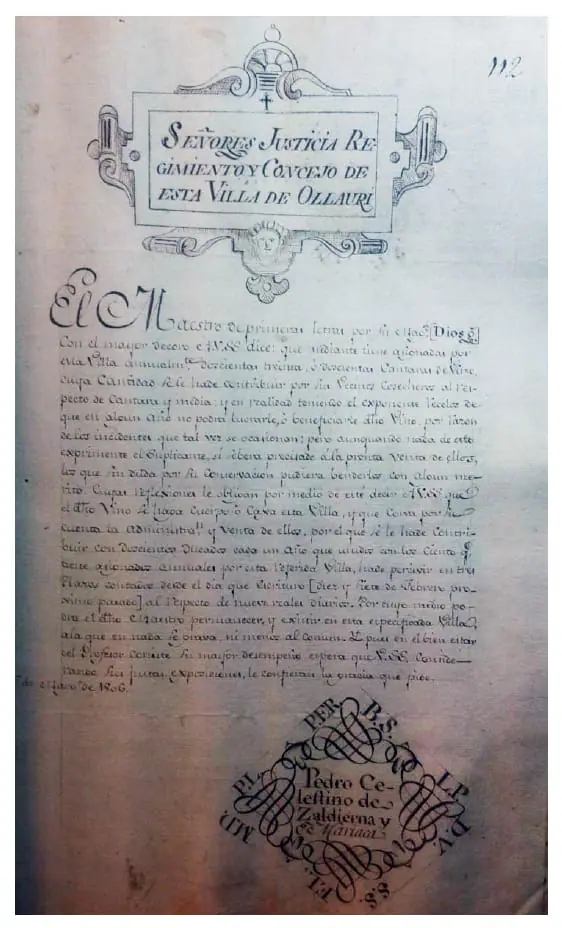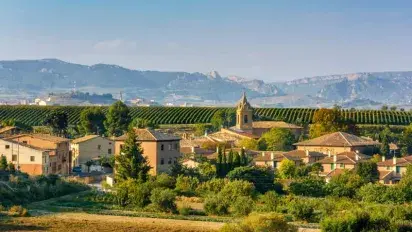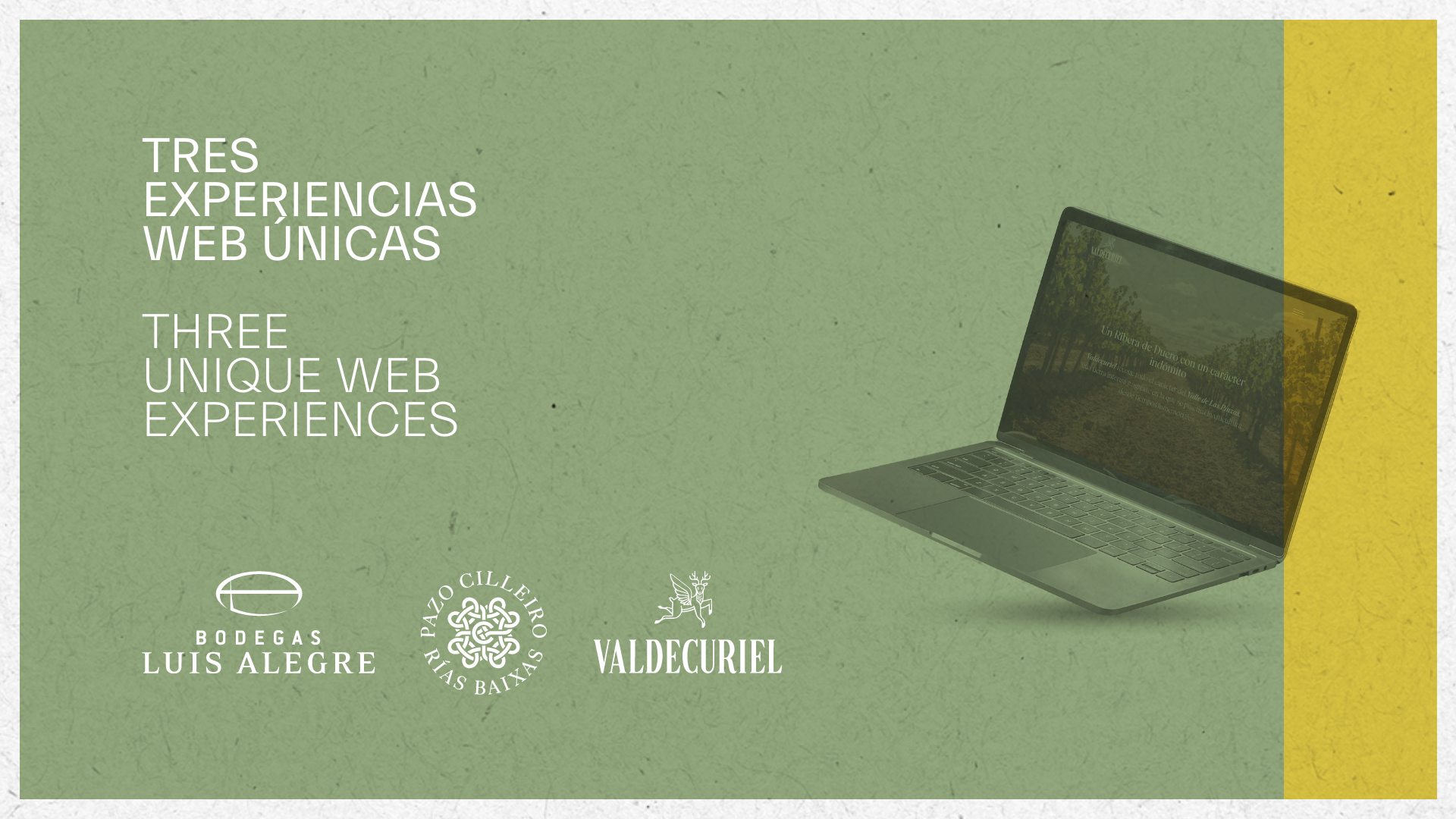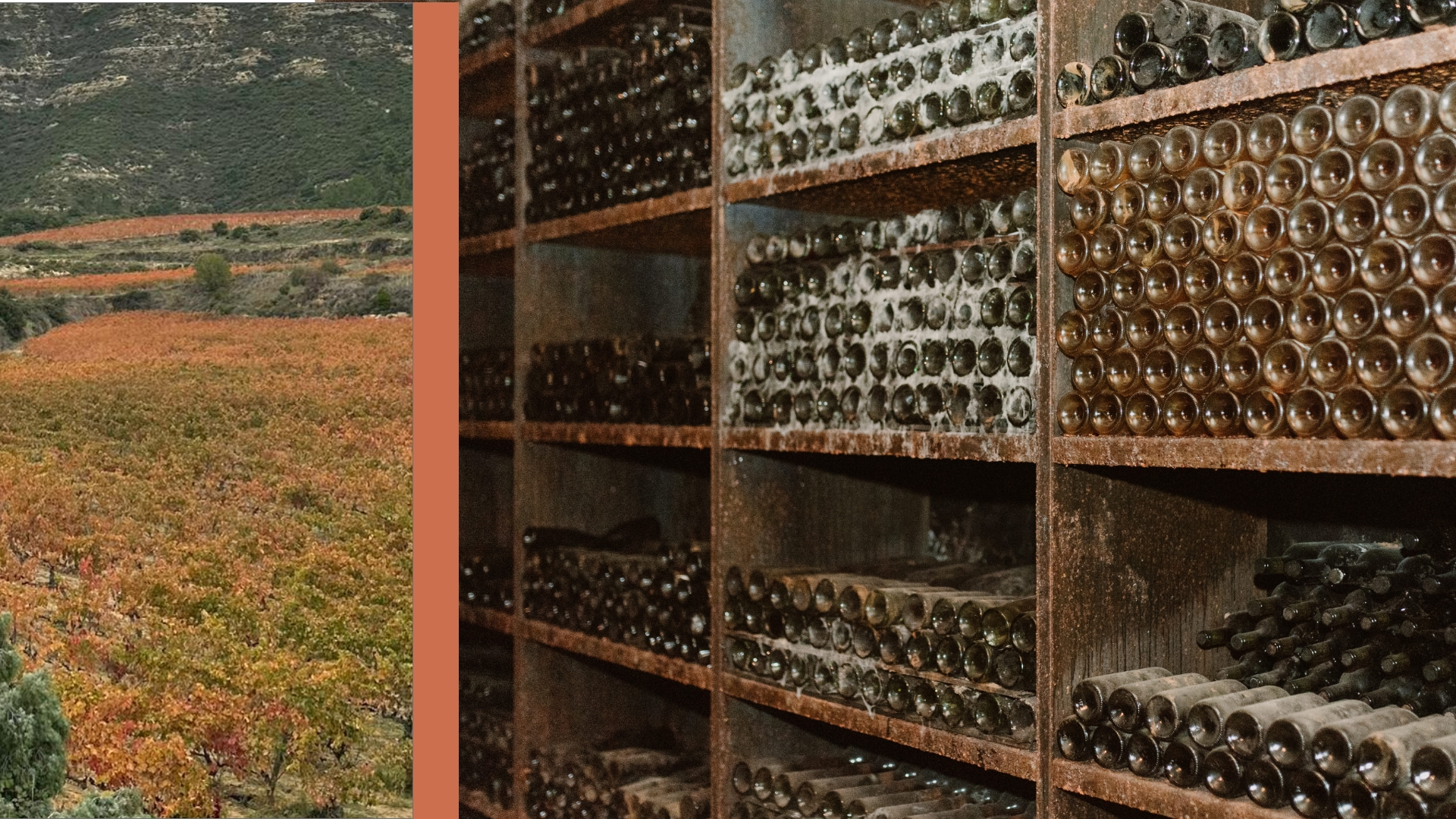The teacher?s wages
Up until a century ago, wine was sometimes used as currency to purchase certain services and goods. As there was a surplus of wine, payments in kind were not unusual. There were a couple of problems with this type of exchange, though: competition from other places was fierce and the short shelf life of wine back then.
We have one example dating from 1806. In those days, Ollauri school teacher Pedro Celestino de Zaldierna was paid 200 wine pitchers containing 16 litres each and 100 ducats. These details were written on a letter sent by the teacher to the village authorities in which he asked members of the council ?most of them working in the wine business? to sell those pitchers so that he could receive their equivalent value in cash. We don?t know how this story ended, but if the problem continued, the teacher was probably left with no alternative but to move to another posting. A lack of resources and the ensuing demotivation have been chronic problems in Spain?s education system.

Prices and taxes
At around the same time as the teacher?s story, a wine consumption tax was levied on people passing through Ollauri. Payment was compulsory, regardless of whether passers-by drank wine at the tavern or in the wineries and caves. The only people who were exempt from payment were the clergy and grape growers purchasing wine to fill their vats for home consumption.
Wine production and prices have always been tightly controlled. In past times, it was forbidden to enter a village with wine from another place. Growers could not refuse to sell wine pitchers to locals and they were forced to sell it at the same price sold to muleteers.
Wine runner, a key figure
The trades around the world of wine have long been well documented. Muleteers carrying wine operated in Ollauri, as well as inn keepers and wineskin makers, who made and repaired all kinds of goat skin containers. The job of wine runner, who traded with wine, was another well documented profession. A wine runner was a commercial agent who played a key role in the business of wine as he directed muleteers to the different bodegas so they could buy and transport wine. It was common for the wine runner to help load the wineskins, thus earning more money.
After the 17th century, the Crown authorities ordered every single council in Rioja to buy and auction the job of supervisor and wine runner. It was a way of exerting control over this activity whilst generating much needed income for the public purse.
In 1744, the first inn to host muleteers and their horses was built in the village. As growers had an interest in the inn being built, they paid a proportional share of the building?s expenses based on their profits from the previous year?s harvest.
 "
"
You may also be interested in:




